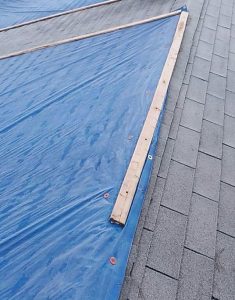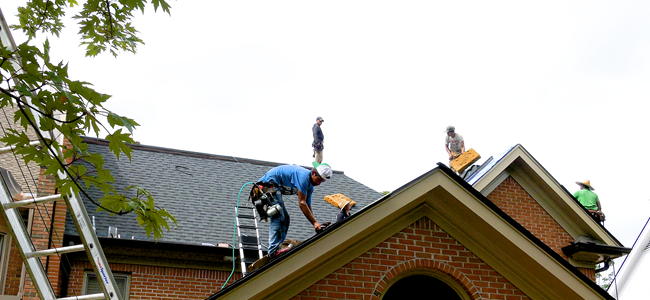Is it time to repair or replace your old roofing? Look out for these warning signals so that you know when it’s time to call a roofing contractor.
Many property owners figure they require a brand-new roofing system after they find even a small leak in their ceiling. This leakage could be as a result of various roof covering problems. But what factors truly identify whether roof repair work will resolve the trouble, or your house needs a roof replacement?
It’s important to remember to get quotes from at least 3 pros! You should always look for a roofer who has good reviews and some manufacturers certifications like this company in Lancaster Pa. You can see their GAF Certification right on their website like this lancaster pa roofing company: https://lancasterroofingmasters.com/
Below are some suggestions to help you figure out if you need a new roof.
-
Roofing age
Just how old is your existing asphalt shingle roof? Many specialists agree that a normal roof will certainly last between 20-25 years. You must also take into consideration on whether the old roofing system was eliminated and you only have one layer of shingles, and if it is properly aerated. If the roofing was installed over one layer or a number of layers and it is older than twenty years, chances are you require a brand-new roof covering.
-
Shingles curling and/or visibly distorting
Roof shingles that are curled or buckling are another sign that you may need a new roof. Check out the sides of your residence that get straight sunlight and look to see if the roof shingles are crinkling or losing granules as well. It could indicate that the shingles are past their life span. It could also mean that the roof covering is defective. In this case, contact a certified professional roofer to see if you could be eligible for reimbursement.
-
Contours (valleys and peaks) in your roof
If your roofing tiles are falling apart or missing in areas, it’s a certain sign you require a brand-new roofing system. Valley locations of your roofing system can cause rain and snow to circulate through valleys and into rain gutters. If the valley is endangered, you could be prone to roofing system leakages.
-
Missing shingles

These are an additional indicator your roof covering could be failing. Examine to see if all of the roof shingles “tabs” are intact.
-
Chimney flashing issues
This is an additional area to be worried about. If your chimney has an undercoat of tar or concrete as the seal between the roof and the brick or stone and morter, it may have to be replaced replaced with a long-term, water-tight metal flashing system.
-
Shingle granules in the gutters.
Look in your seamless gutters to see whether they are loaded up with shingle granules. Roofs often tend to lose more granules toward completion of their life process. Variation in color on some parts of the roof is another sign the granules have actually deteriorated.
-
Daylight showing through the roofing.
If you notice a squishy feeling or trampoline bounce when walking on the roofing system, this may imply the underlying outdoor decking is compromised from wetness. Inspect your attic room to see if there is any type of daylight coming through the roofing system boards. Also check for moisture in the insulation.


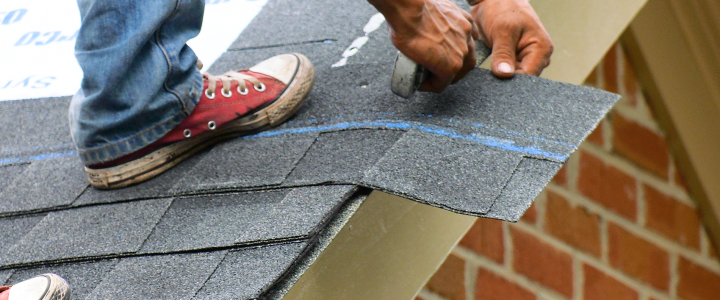

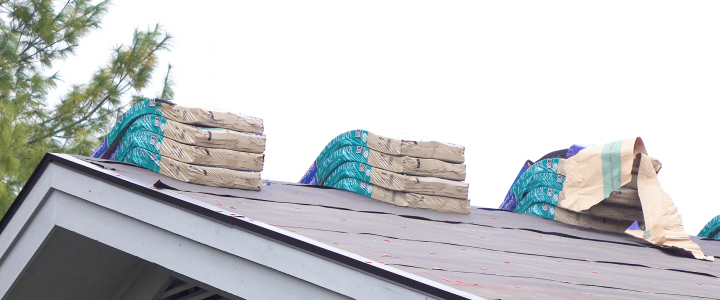
 Standing seam metal: These roofs are made from panels of aluminum or steel collaborated in raised joints. They can be made use of on roofing systems with pitches as reduced as.25/ 12. They are additionally made use of on much steeper roof coverings.
Standing seam metal: These roofs are made from panels of aluminum or steel collaborated in raised joints. They can be made use of on roofing systems with pitches as reduced as.25/ 12. They are additionally made use of on much steeper roof coverings.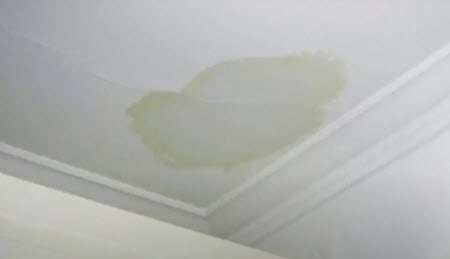
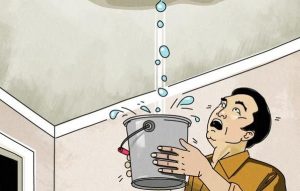 Usually, a roof leak will form a tiny pool in the ceiling till it finds a way to escape. This will typically be something like a light in the ceiling, a heating register or just beneath a joist. Ceiling corners are also other spots where leaks will certainly often occur. In some cases they find outlets in numerous places but the original leak is from one source, making it look even worse than it usually is. If the ceiling is holding water or you see a lump in the drywall, jab a screw driver or other sharp object into the opening in order to drain the puddling water into a bucket that you will have placed beneath it. This will help minimize the damages to the ceiling and force the water to exit from a single location.
Usually, a roof leak will form a tiny pool in the ceiling till it finds a way to escape. This will typically be something like a light in the ceiling, a heating register or just beneath a joist. Ceiling corners are also other spots where leaks will certainly often occur. In some cases they find outlets in numerous places but the original leak is from one source, making it look even worse than it usually is. If the ceiling is holding water or you see a lump in the drywall, jab a screw driver or other sharp object into the opening in order to drain the puddling water into a bucket that you will have placed beneath it. This will help minimize the damages to the ceiling and force the water to exit from a single location.